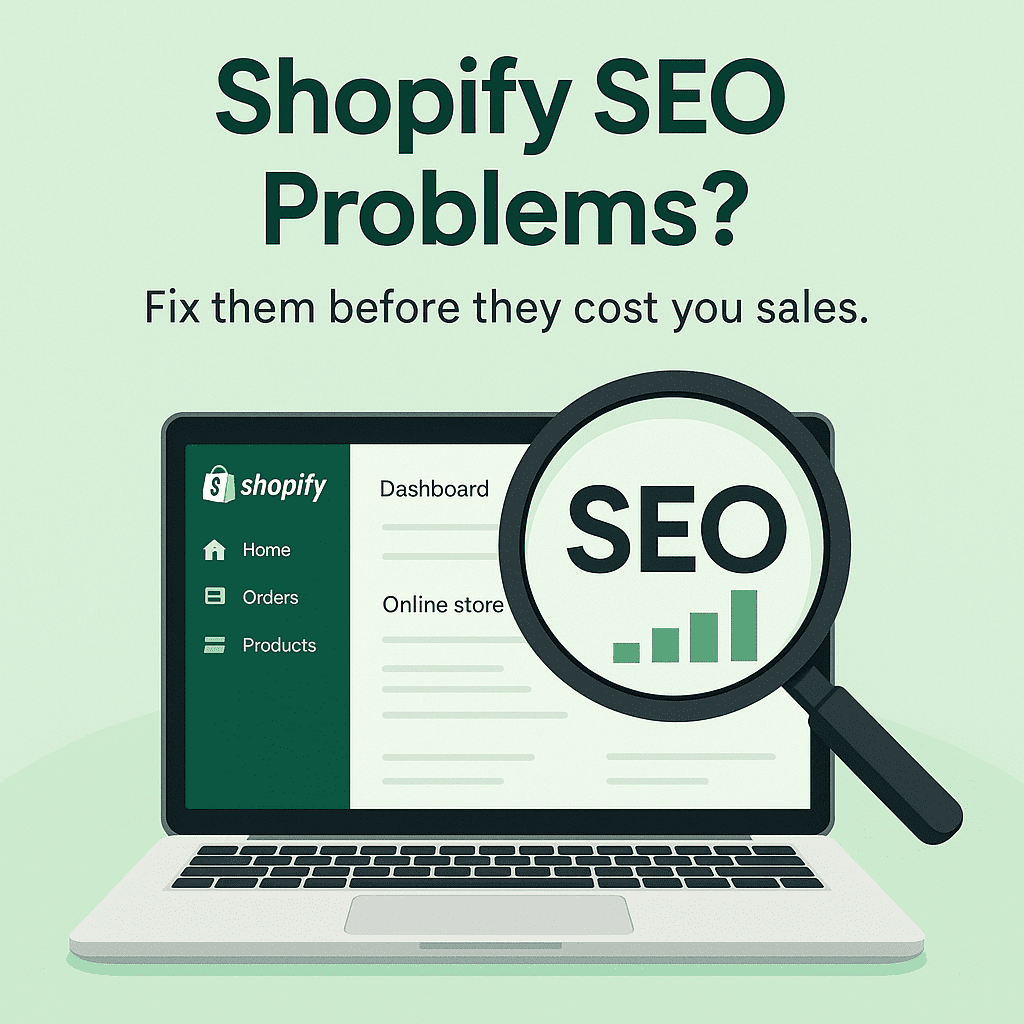How to Set Up One-Page Checkout on Shopify: A Step-by-Step Guide

Introduction
As an eCommerce entrepreneur, optimizing your checkout process is crucial for increasing conversions and reducing cart abandonment. A lengthy and complicated checkout process can frustrate customers, leading to lost sales. Shopify has introduced One-Page Checkout, a streamlined checkout experience designed to make purchasing faster and more efficient.
In this guide, we will cover how to set up One-Page Checkout on Shopify, its benefits, and actionable tips to enhance your store’s performance. Whether you're a Shopify store owner or an aspiring eCommerce entrepreneur, this guide will help you improve customer experience and boost sales.
Why Use One-Page Checkout on Shopify?
Studies show that 17% of shoppers abandon their carts due to a long and complicated checkout process (Baymard Institute). Shopify’s One-Page Checkout helps combat this by:
Speeding up the process – Fewer steps mean a faster transaction.
Reducing friction – Customers stay on a single page, minimizing distractions.
Improving conversion rates – Streamlined checkouts encourage customers to complete purchases.
Enhancing mobile experience – A single-page format is more user-friendly on mobile devices.
How to Enable One-Page Checkout on Shopify
Follow these step-by-step instructions to enable One-Page Checkout on Shopify:
Step 1: Log Into Your Shopify Admin Panel
Go to Shopify Admin.
Navigate to Settings in the left-hand menu.
Step 2: Access Checkout Settings
Click on Checkout & Accounts from the Settings panel.
Locate the Checkout Experience section.
Step 3: Enable One-Page Checkout
Look for the option to enable One-Page Checkout (available for Shopify Plus users or stores with checkout extensibility features enabled).
Toggle the feature ON and save changes.
Step 4: Customize Your Checkout Page
Shopify allows you to personalize the checkout page to match your brand. You can:
Modify colors, fonts, and logos to align with your branding.
Rearrange form fields for a more intuitive experience.
Enable express payment methods (e.g., Apple Pay, Google Pay, PayPal) for faster transactions.
Step 5: Test Your Checkout
Perform a test transaction to ensure a smooth user experience.
Use Shopify’s Bogus Gateway to simulate payments.
Analyze the checkout flow and make adjustments if needed.
Best Practices for Optimizing One-Page Checkout on Shopify
Simply enabling One-Page Checkout is not enough. To maximize conversions, consider implementing these best practices:
1. Minimize Form Fields
Ask only for essential information (name, email, shipping address, and payment details).
Remove unnecessary fields like company name or second address lines.
2. Offer Guest Checkout
35% of shoppers abandon carts if forced to create an account (Baymard Institute).
Allow guest checkout to reduce friction.
3. Enable Autofill and Address Validation
Use Google Autofill to speed up form completion.
Validate addresses in real-time to prevent errors.
4. Optimize for Mobile Users
Ensure fields are large enough for easy tapping.
Use a sticky "Pay Now" button for quick access.
5. Display Security Badges and Trust Signals
Show SSL certificates, payment badges, and money-back guarantees to build trust.
Highlight security features to assure customers their data is safe.
6. Provide Multiple Payment Options
Include credit/debit cards, PayPal, Apple Pay, Google Pay, and Buy Now Pay Later (BNPL) options.
Shopify data shows that offering multiple payment methods can increase conversions by up to 30%.
7. Use Progress Indicators
Even on a single page, a simple progress bar (e.g., "Step 1 of 2") can reassure customers about their progress.
8. Enable Cart Editing from Checkout Page
Allow users to modify their cart without leaving the checkout page.
9. Implement Exit-Intent Popups
If a user tries to leave the checkout page, display a popup offering a discount or free shipping.
10. Analyze and Improve Using Shopify Analytics
Track checkout abandonment rates and experiment with changes to improve conversions.
Real-World Impact: Shopify Checkout Success Stories
Many Shopify merchants have successfully boosted conversions with One-Page Checkout. For instance:
Brand A increased checkout completion rates by 20% after reducing form fields and enabling express payments.
Store B saw a 15% decrease in cart abandonment by adding trust badges and security indicators.
These success stories show that optimizing the checkout experience directly impacts sales and revenue.
Conclusion: Upgrade Your Shopify Store Today
Switching to One-Page Checkout on Shopify can significantly enhance the shopping experience, boost conversions, and reduce cart abandonment. By following the steps in this guide and applying best practices, you can create a seamless checkout flow that keeps customers coming back.
Ready to improve your Shopify store's performance?
Enable One-Page Checkout today and test its impact on your conversions.
Explore Shopify’s advanced checkout customization options for further optimization.
Keep track of customer behavior using Shopify Analytics to refine your strategy.
🚀 Take action now and watch your Shopify store thrive!




